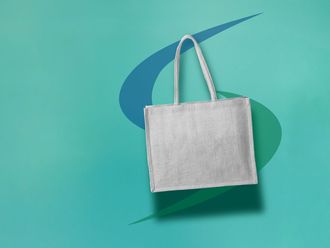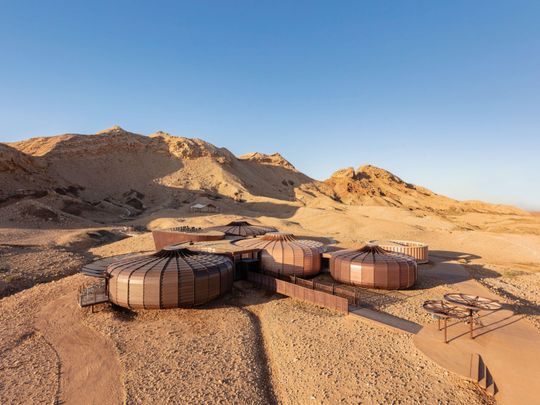
Sharjah: The UAE has several archeological sites that uncover mysteries of past civilisations who inhabited the region, stretching back to the Neolithic Age (also known as the New Stone Age), marked by fixed human settlements dating back to 10,000BC.
Buhais Geology Park in Sharjah is one such historically significant site that adds valuable insights to the archeological research of the Arabian Peninsula.
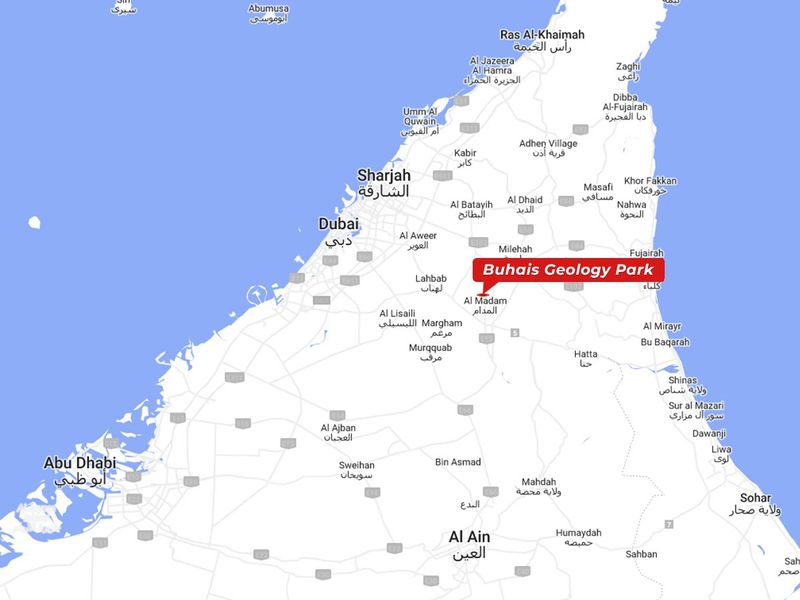
As an open-air museum displaying archeological antiquities and remnants, the Park attracts experts, geologists, and researchers to establish a better understanding of the region’s ancient inhabitants and get a comprehensive picture of early human settlement in the UAE.
read more
Buhais Geology Park provides historical evidence of how local nature was formed at least 93 million years ago. The site has a wealth of fossilised remains of many ancient marine creatures that inhabited the shallow seas that submerged most of the land in the UAE until relatively recently, from a geological perspective.
The attraction is being highlighted in the ongoing fourth season of the UAE’s ‘World’s Coolest Winter’ campaign, under the theme ‘Unforgettable Stories’.
Rich history
Buhais Geology Park was inaugurated in 2020 as a project in the field of ecotourism aimed at introducing visitors to the history of Sharjah’s geology, and the geological importance of Jebel Buhais and the archaeological areas surrounding it.
The park includes two archaeological sites that have contributed to knowledge about the history of human settlement in this area, which dates back more than 200,000 years.

It houses geological features and fossils dating back millions of years, providing visitors with the opportunity to view exhibits in the halls and wander around the garden on paths designed to showcase the formation of prominent geological features such as the Hajar Mountain range, other mountains, gravel plains, and dunes.
Buhais Geology Park won the Architecture Masterprize 2020 Award for Cultural Architecture (AMP), which celebrates creativity and innovation in the fields of architectural design, landscape architecture and interior design.
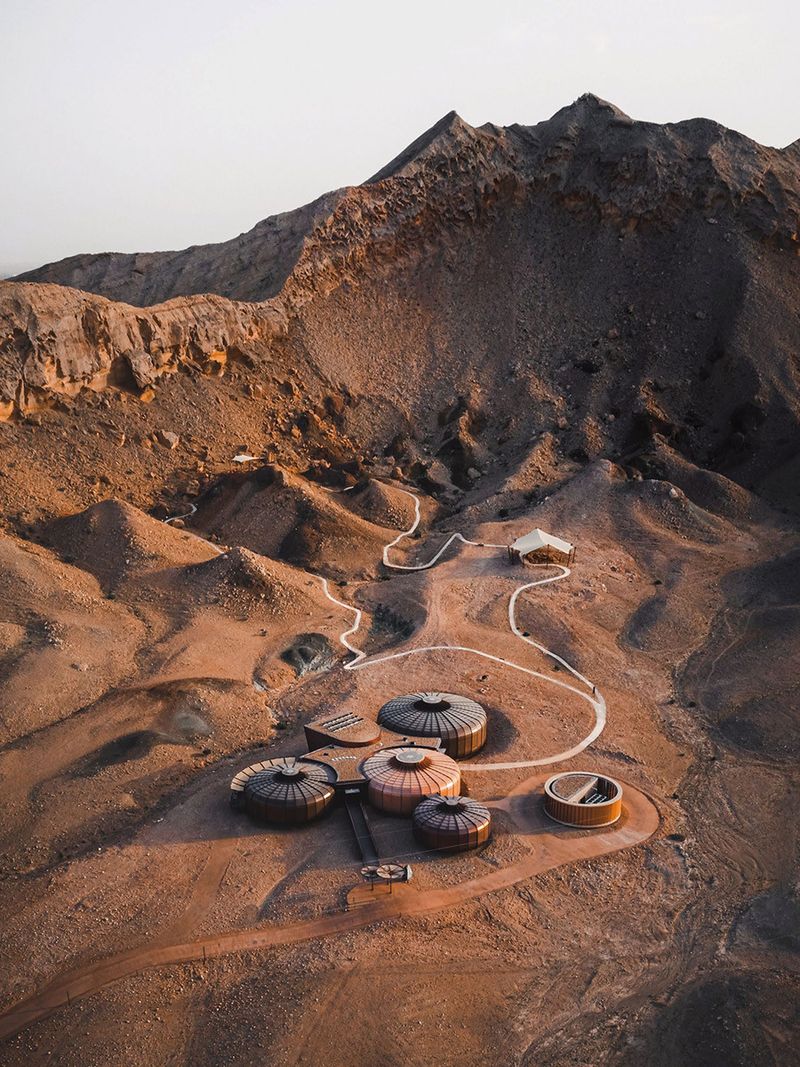
Tombs, weapons and pottery
Jebel Buhais, which rises around 340 metres above the neighbouring plains, is located near Al Madam area, about 48km southeast of Sharjah.
The area contains an extensive necropolis, consisting of burial sites spanning the Stone, Bronze, Iron and Hellenistic ages of human settlement in the UAE.
Excavations in the area started in the early 1970s, when Iraqi archeologists discovered the remains of a stone fort atop the northeastern slope of the mountain.
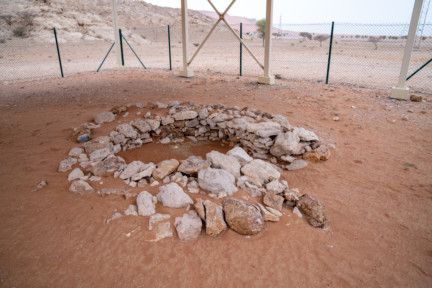
In 1990, the French archaeological mission excavated a group of seven structures that were visible on the southern slope of the mountain.
Digs in three of these structures uncovered artefacts dating back to the first millennium BC, while excavations in the slope area below the stone fort uncovered nine heavily defaced tombs and Iron Age artefacts.
Subsequent digs under the Sharjah Antiquities Authority, which ran over 11 years (1994 - 2005), uncovered 91 graves spanning different periods. Further excavations are still taking place in the southern Jebel Buhais by a German mission.
The Jebel Buhais site houses archaeological finds that capture the life of ancient humans in the region, dating back 50,000 years.
Discoveries of the site and the surrounding area indicate the presence of nomadic herders in the eastern Arabian Peninsula during the Neolithic period, which far preceded the presence of the first settlements in the region.
The remains of the Neolithic burials have been carbon-dated to the beginnings of the 5th millennium BC.
Subsequent burials at Jebel Buhais represent the Bronze Age, with many distinctive graves discovered dating to the first half of the 3rd millennium BCE, up to the ‘Wadi Suq’ period dating to the first half of the 2nd millennium BC.
Other burials discovered in Buhais date back to the Iron Age in the first millennium BCE. Most of the graves during this period were simple ground pits used for individual and group burials.
Inhabitants during the Iron Age also used the graves built in previous time periods, besides the caves and rock shelters on mountain slopes that were utilized for burial after adding stone walls and converting them into stone.
Skeletons and other archaeological finds were found inside the caves, including Iron Age pottery vessels, metal utensils and weapons, and bronze spearheads.
The slopes of Jebel Buhais also hosted some graves dating back to the Hellenistic period, with glass vessels of unique shapes found inside them.


